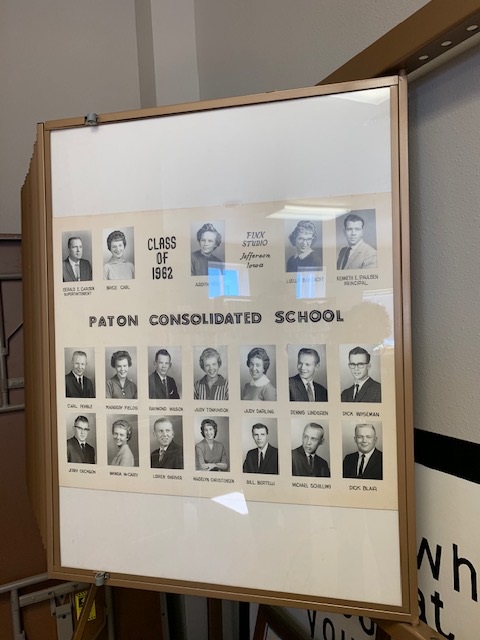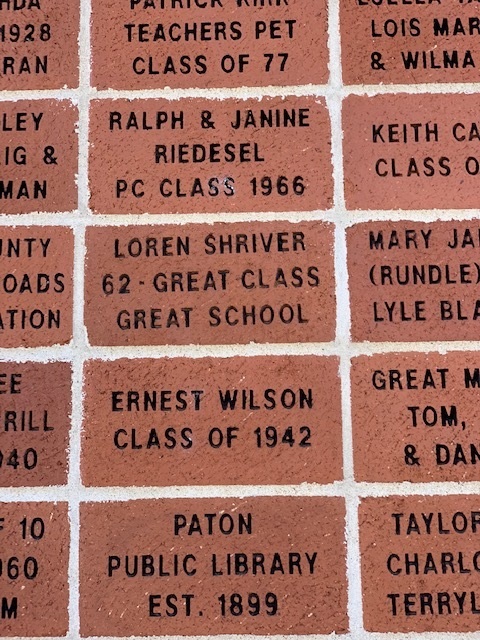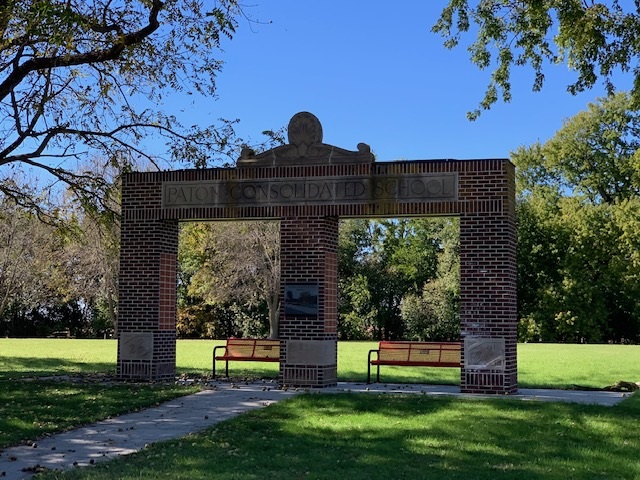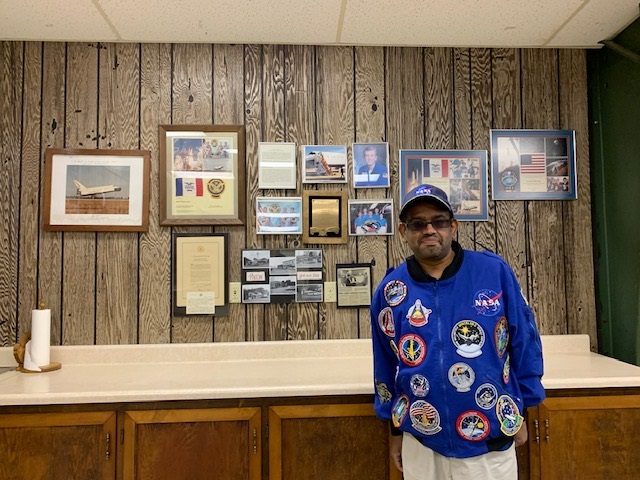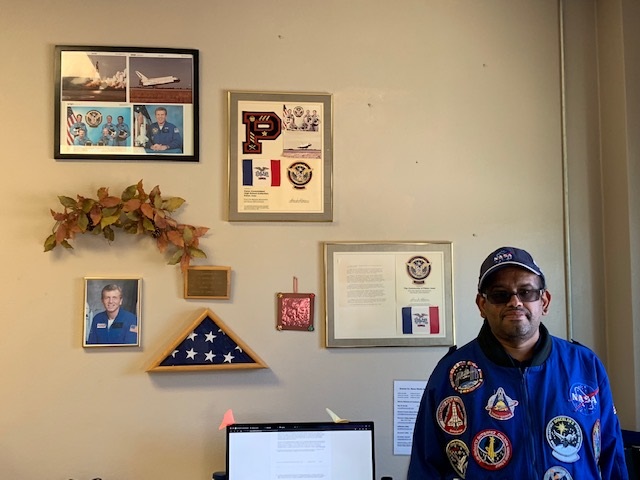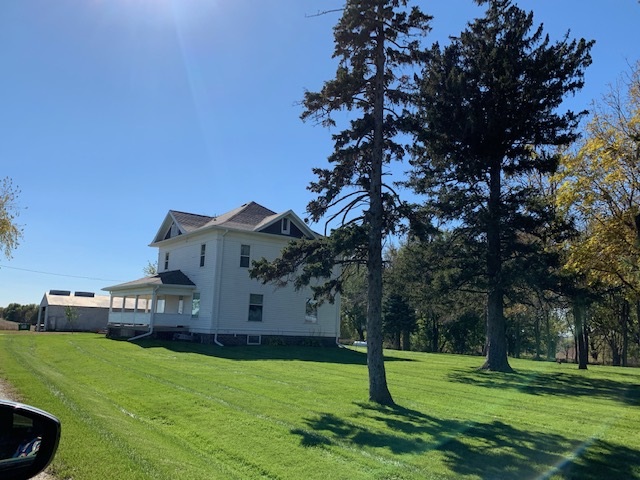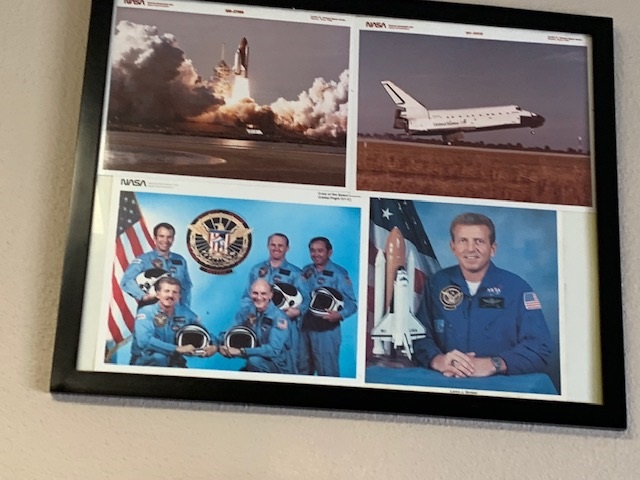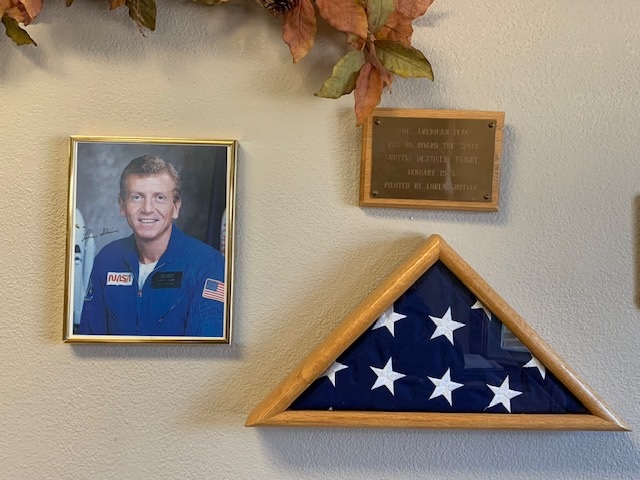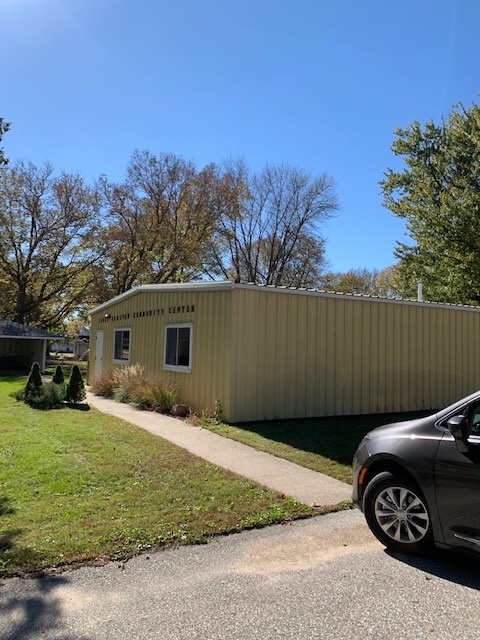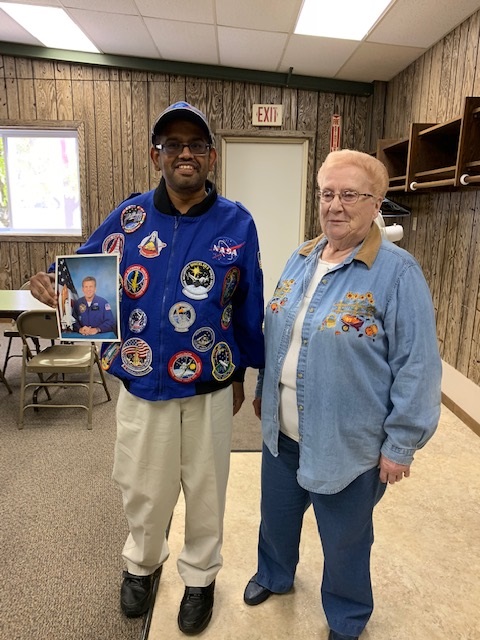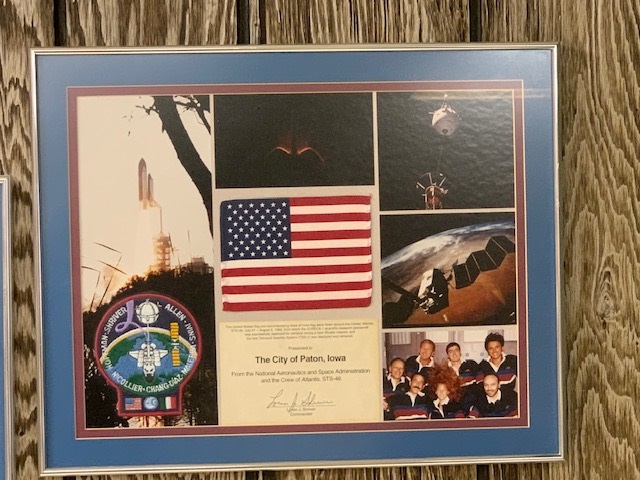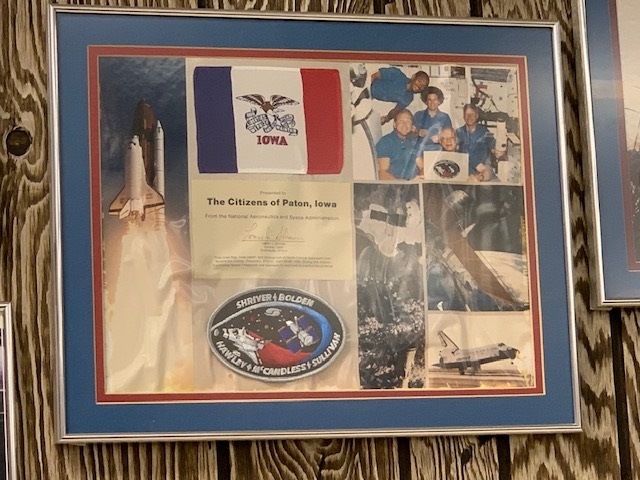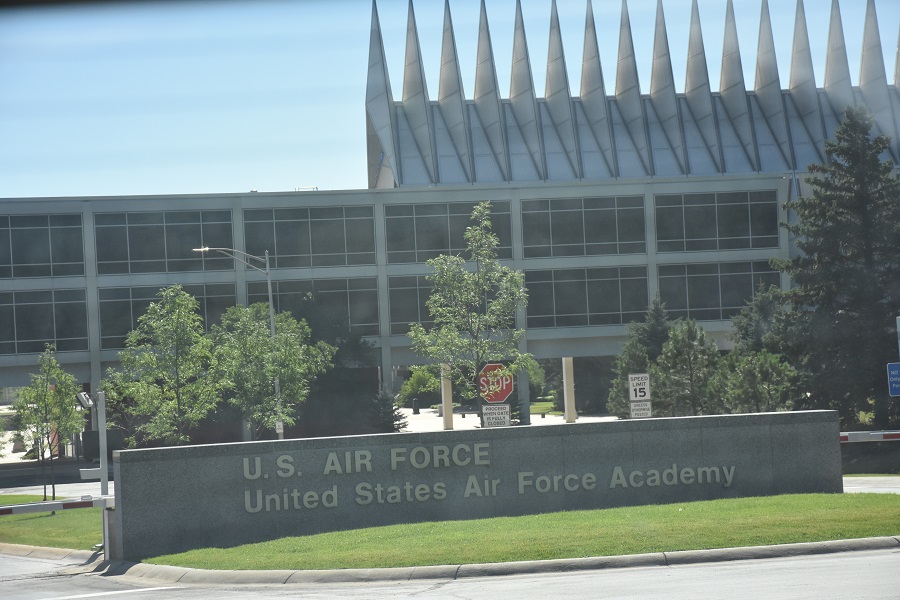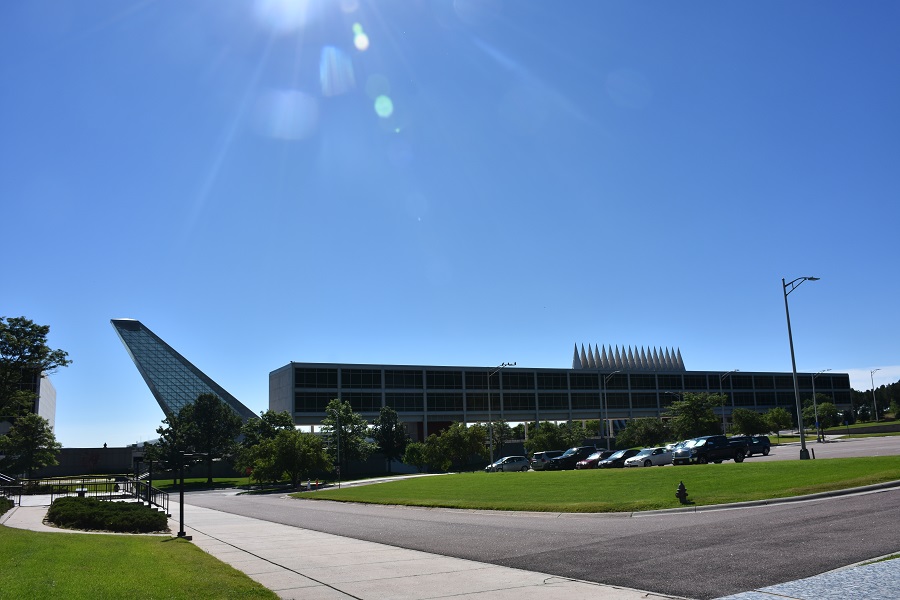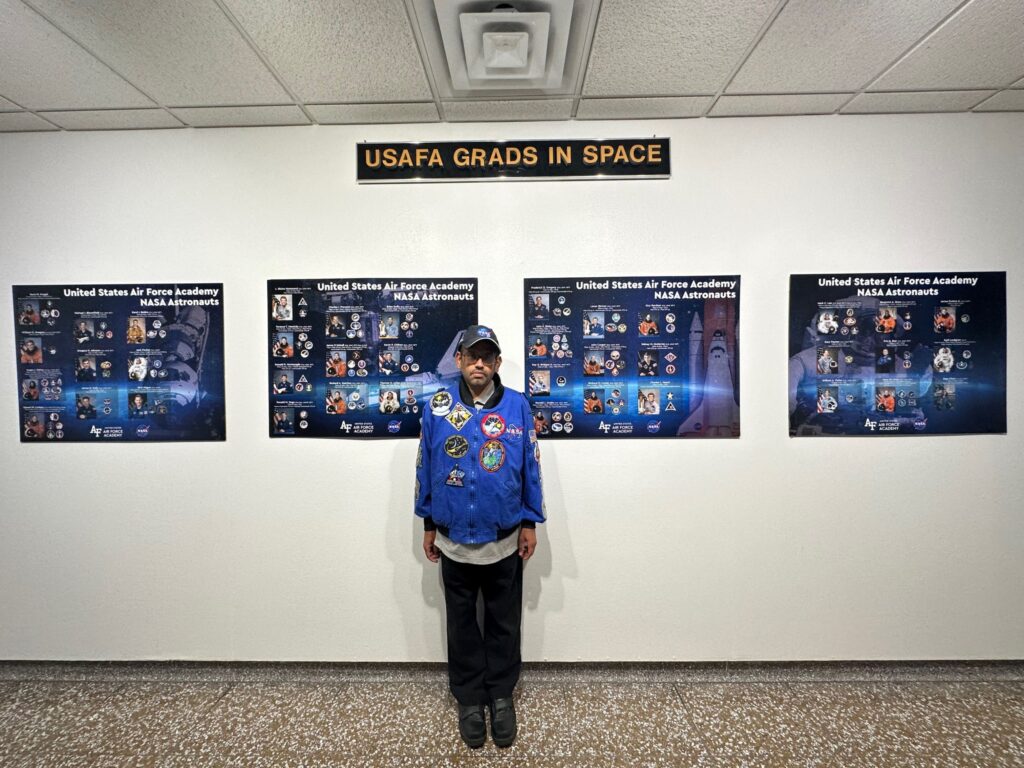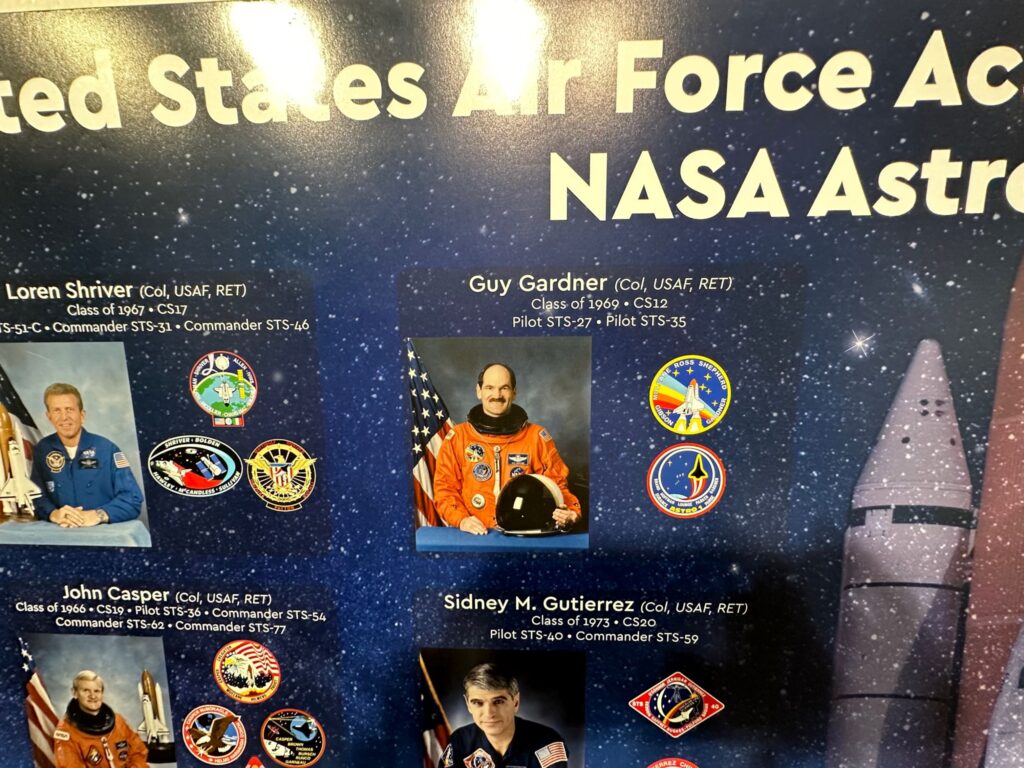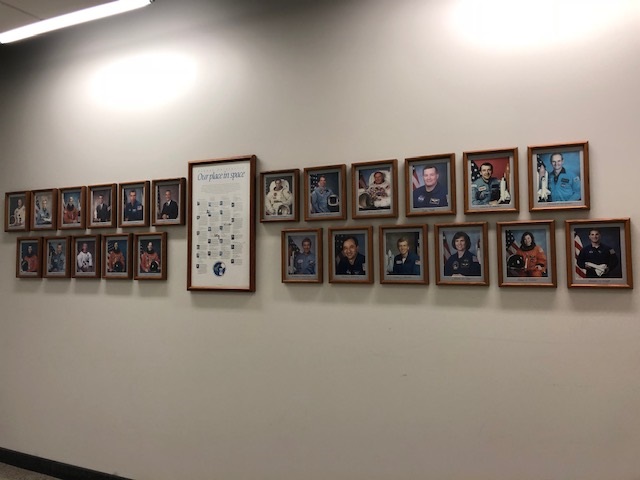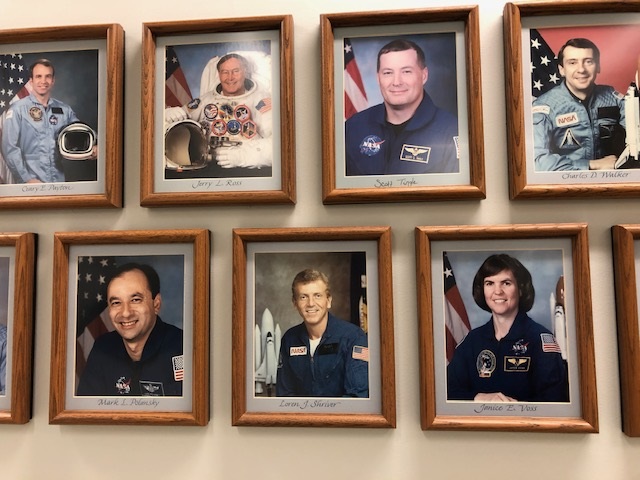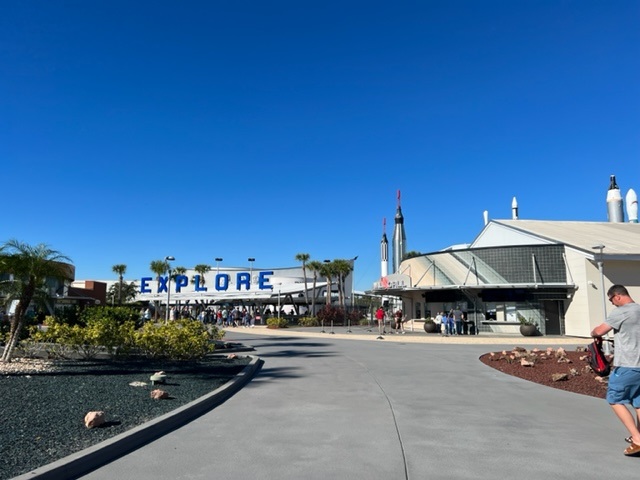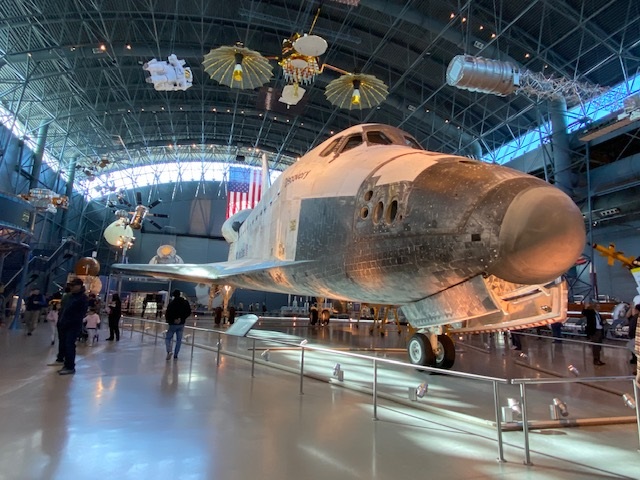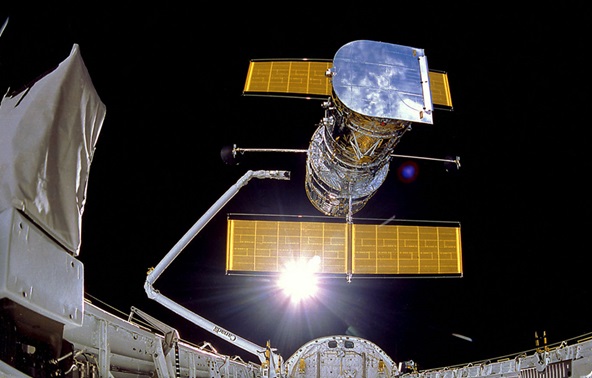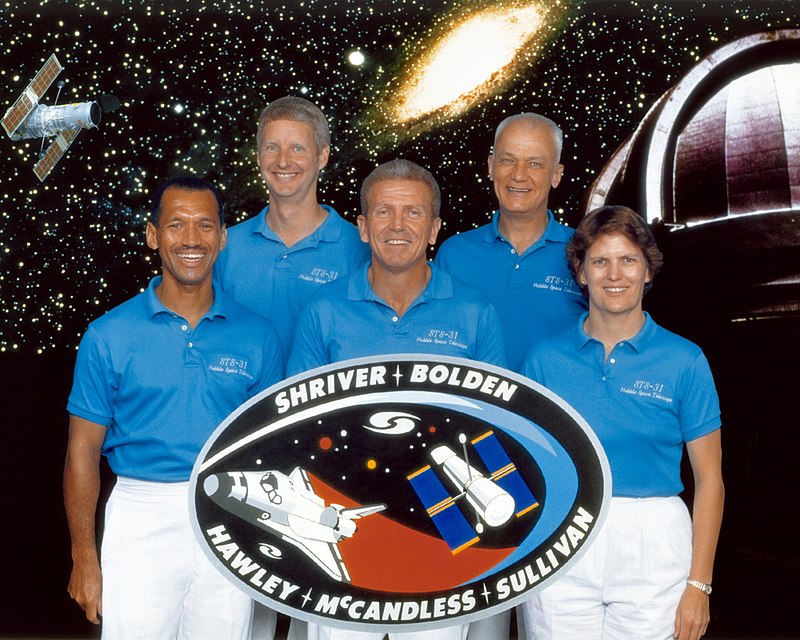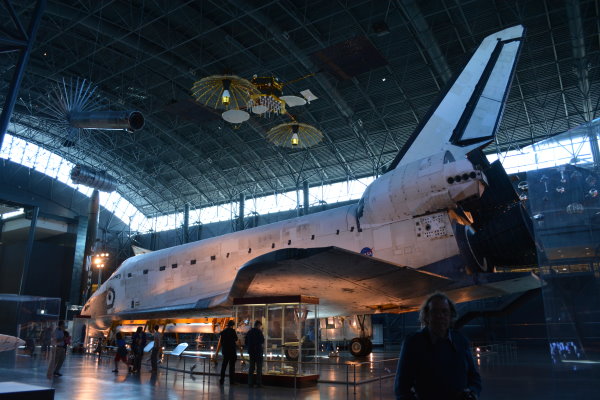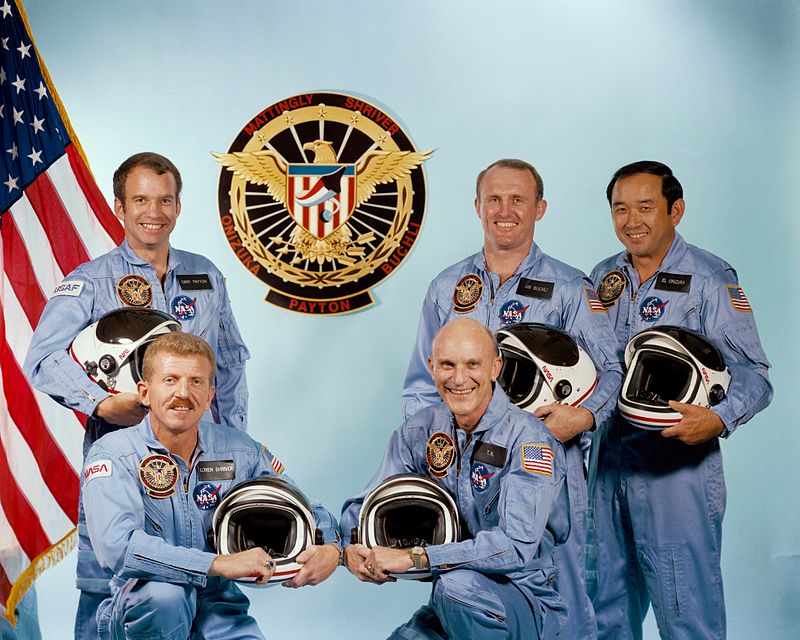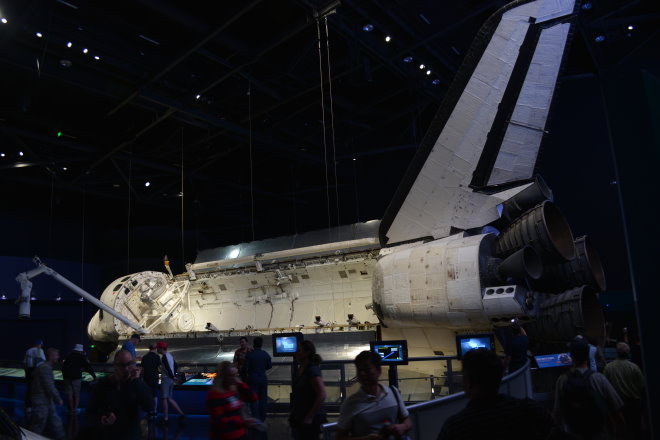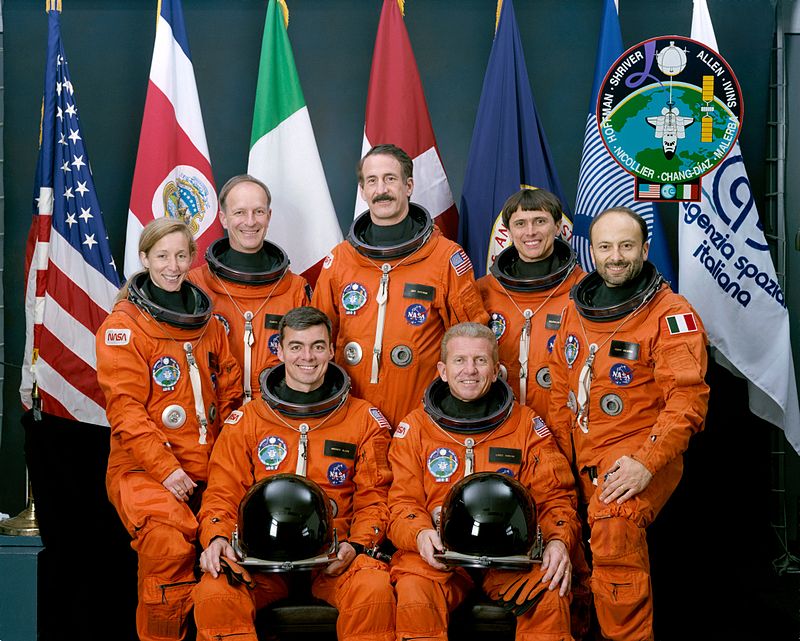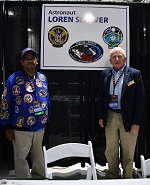| NAME | DESCRIPTION |
| LOREN SHRIVER | He is a former NASA astronaut, aviator, and a retired US Air Force Colonel. |
| DESCRIPTION | NAME OF SITE | CITY | STATE |
| BIRTHPLACE | GREEN COUNTY MEDICAL CENTER | JEFFERSON | IOWA |
| SCHOOL | PATTON HIGH SCHOOL | PATTON | IOWA |
| MUSEUM | LOREN SHRIVER COMMUNITY CENTER | PATTON | IOWA |
| WORKED | Shriver was of Deputy Director for Launch and Payload Processing at Kennedy Space Center, Florida. | MERRITT ISLAND | FLORIDA |
| ALMA MATER | PURDUE UNIVERSITY | WEST LAFYETTE | INDIANA |
| ALMA MATER | UNITED STATES AIR FORCE ACADEMY | COLORADO SPRINGS | COLORADO |
| NAME OF VEHICLE | NAME OF ORBITER | MISSION NUMBER | MISSION DESCRIPTION | LOCATION | CITY | STATE/COUNTRY |
| SPACE SHUTTLE | SPACE SHUTTLE DISCOVERY | STS 51 C | It was originally scheduled for January 23, 1985, but was delayed because of freezing weather. Challenger had been scheduled for this flight, but Discovery was substituted when problems were encountered with Challenger thermal protection tiles. STS-51-C marked the 100th human spaceflight to achieve orbit. The mission’s length of three days was shorter than the week or longer of most civilian shuttle flights. It was the first dedicated to the U.S. Department of Defense (DoD), and most information about it remains classified. | STEVEN UDVAR HAZY | CHANTILLY | VIRGINIA |
| SPACE SHUTTLE | SPACE SHUTTLE DISCOVERY | STS 31 | The APU was eventually replaced, and the Hubble Space Telescope’s batteries were recharged. On launch day, the countdown was briefly halted at T-31 seconds when Discovery’s computers failed to shut down a fuel valve line on ground support equipment. Engineers ordered the valve closed and the countdown continued. The main purpose of this mission was to deploy Hubble. It was designed to operate above the Earth’s turbulent and obscuring atmosphere to observe celestial objects at ultraviolet, visible and near-infrared wavelengths. The Hubble mission was a joint NASA-ESA (European Space Agency) effort going back to the late 1970s. The rest of the mission was devoted to photography and onboard experiments. | STEVEN UDVAR HAZY | CHANTILLY | VIRGINIA |
| SPACE SHUTTLE | SPACE SHUTTLE ATLANTIS | STS 46 | The mission’s primary objectives were the deployment of the European Space Agency’s European Retrievable Carrier (EURECA) and the joint NASA/ASI (Italian Space Agency) Tethered Satellite System (TSS-1). EURECA was deployed a day later than scheduled because of a problem with its data handling system. Seven and a half hours after deployment, the spacecraft’s thrusters were fired to boost EURECA to its planned operating altitude of around 500 km (310 mi). | KENNEDY SPACE CENTER | MERRIT ISLAND | FLORIDA |
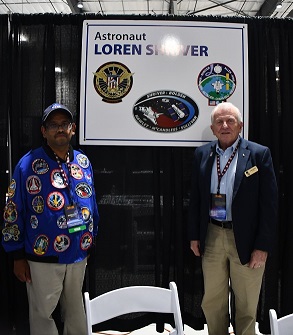

LOREN SHRIVER AND BHARAT-
GREENE COUNTY MEDICAL CENTER

GREENE COUNTY MEDICAL CENTER
